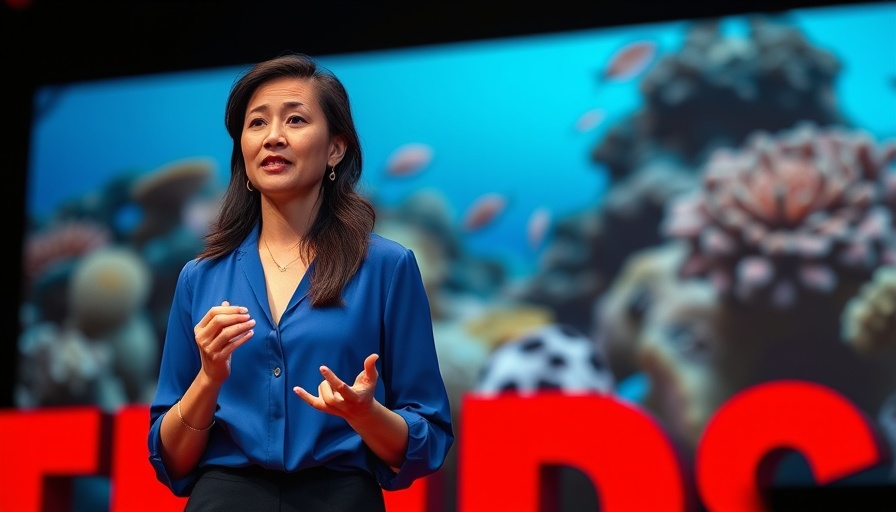
Coral Reefs: The Essential Ecosystem on the Brink
The Great Barrier Reef, often depicted through iconic characters like Nemo and Dory, represents a vibrant world teeming with life. However, it has also become emblematic of a pressing crisis due to climate change. Coral reefs support approximately 25% of all marine life and are vital for the livelihoods of over a billion people, yet they are now threatened by rising ocean temperatures that lead to coral bleaching—a process where corals lose the algae that nourish them and turn white. According to recent data, half of the world's coral reefs have already been lost, and the dire predictions suggest that by 2050, up to 90% could face extinction.
In 'A New Lifeline for the World’s Coral Reefs', the discussion dives into the innovative strategies being developed to combat coral bleaching and restore these vital ecosystems. We’re breaking down its key ideas while adding our own perspective.
Facing the Devastating Reality of Coral Bleaching
Coral bleaching is a harsh reminder of how sensitive these ecosystems are to environmental changes. When coral polyps experience distress from heat, they expel the essential algae that provide them sustenance, which ultimately leads to their mortality. This alarming trend is witnessed globally, with coral bleaching reported across 53 countries and every ocean.
Innovative Solutions for Coral Restoration
Despite the overwhelming challenges, experts like Theresa Fyffe of the Great Barrier Reef Foundation are paving a new path towards coral resilience. Drawing comparisons to advancements in medical treatment, she emphasizes the importance of not only curing the problems caused by climate change but also providing “treatments” for coral reefs to survive in the interim. Current methods of coral gardening, while valuable, are slow and limited. A breakthrough is underway where technological advancements are enabling the production of millions of coral babies, enhancing their heat tolerance and allowing for greater restoration efforts.
The Power of Community in Reef Restoration
This renewed approach to reef restoration emphasizes not just technology, but also community involvement. Local stewardship is vital—through portable coral micronurseries, coastal communities are empowered to take charge of their restoration efforts. Such grassroots initiatives focus on breeding heat-tolerant corals that can better withstand the pressures of climate change. Notably, the ambitious goal is to increase restoration by a staggering 120 times by 2040.
Hope for the Future: Why We Can't Give Up
With recent advances, there remains hope for the future of coral reefs. The technological and community-based strategies aimed at rapidly increasing coral populations are key to sustaining these ecosystems. If these methods are effectively implemented, they could lead to a recovery of up to 50% of substrates across heavily connected reef systems in the Pacific. The corals, resilient in their nature, remind us that with dedication and innovative approaches, a turnaround is possible.
As Fyffe encourages people, it's essential not to lose hope. The corals are still fighting, and so should we. By shifting our perspective from despair to action, we can contribute to preserving not just coral reefs but also the rich cultural heritage and livelihoods they support. This fight against coral extinction is not just about saving a species; it’s about protecting our oceans and ensuring a sustainable future for generations to come.
 Add Row
Add Row  Add
Add 




Write A Comment